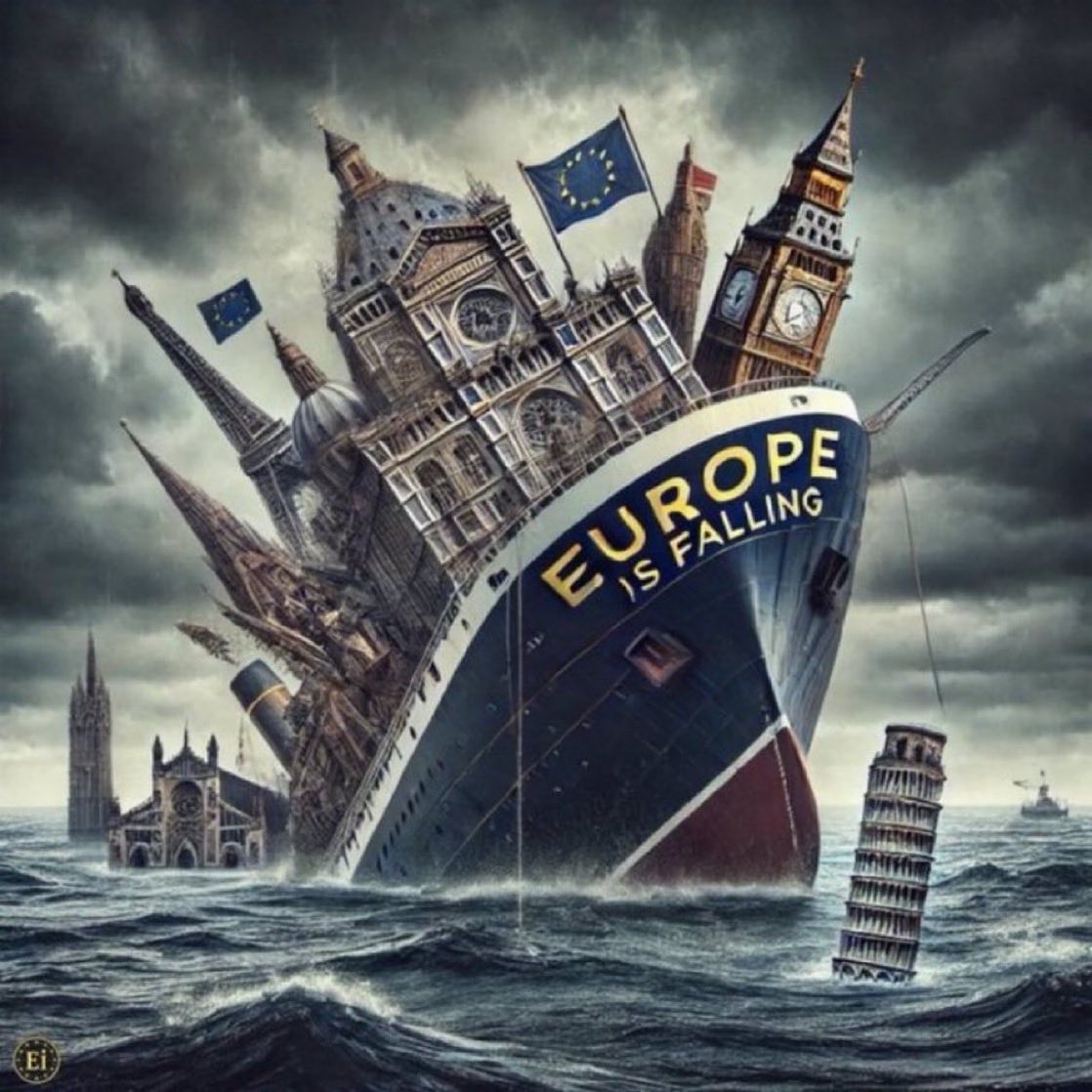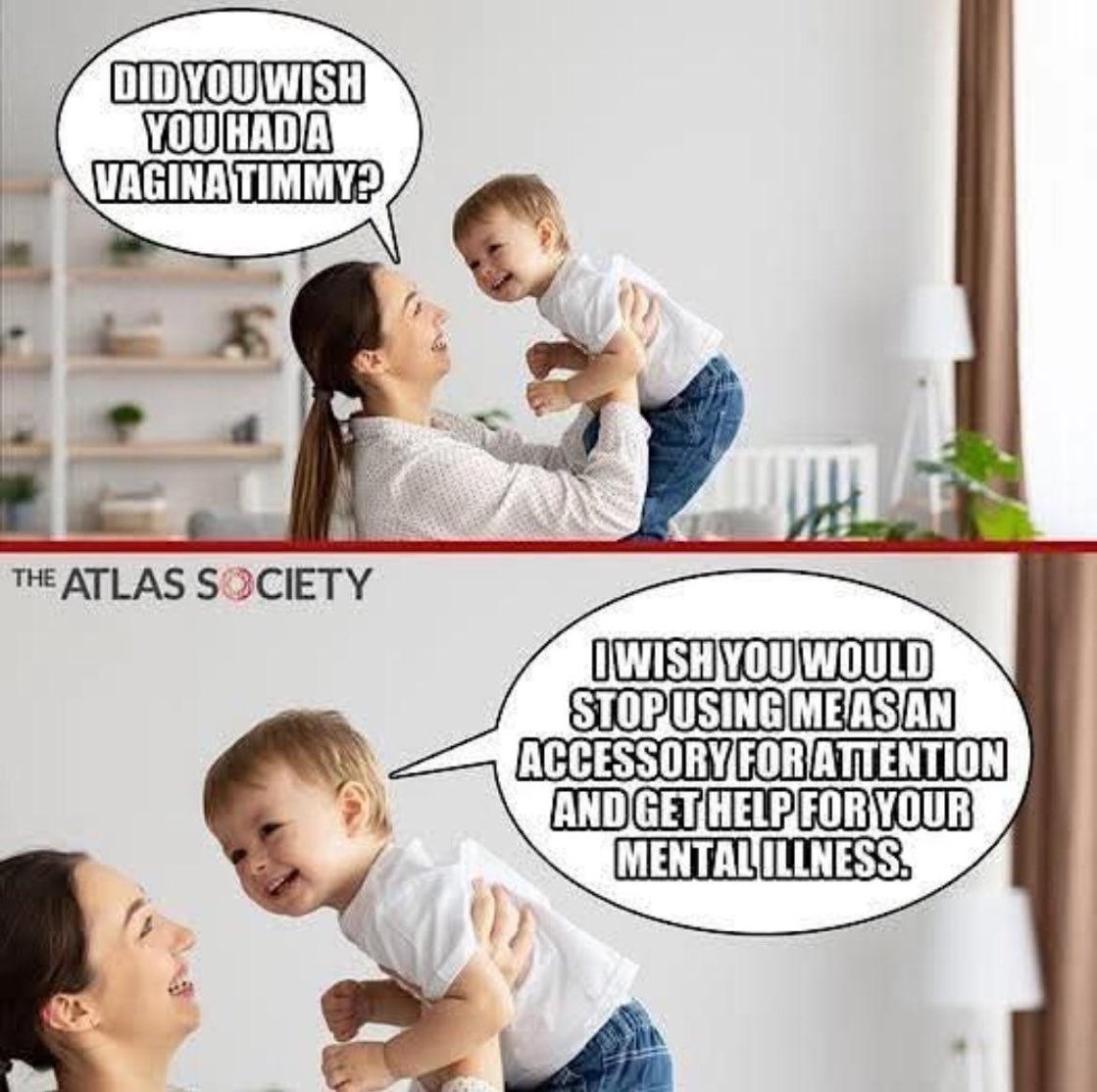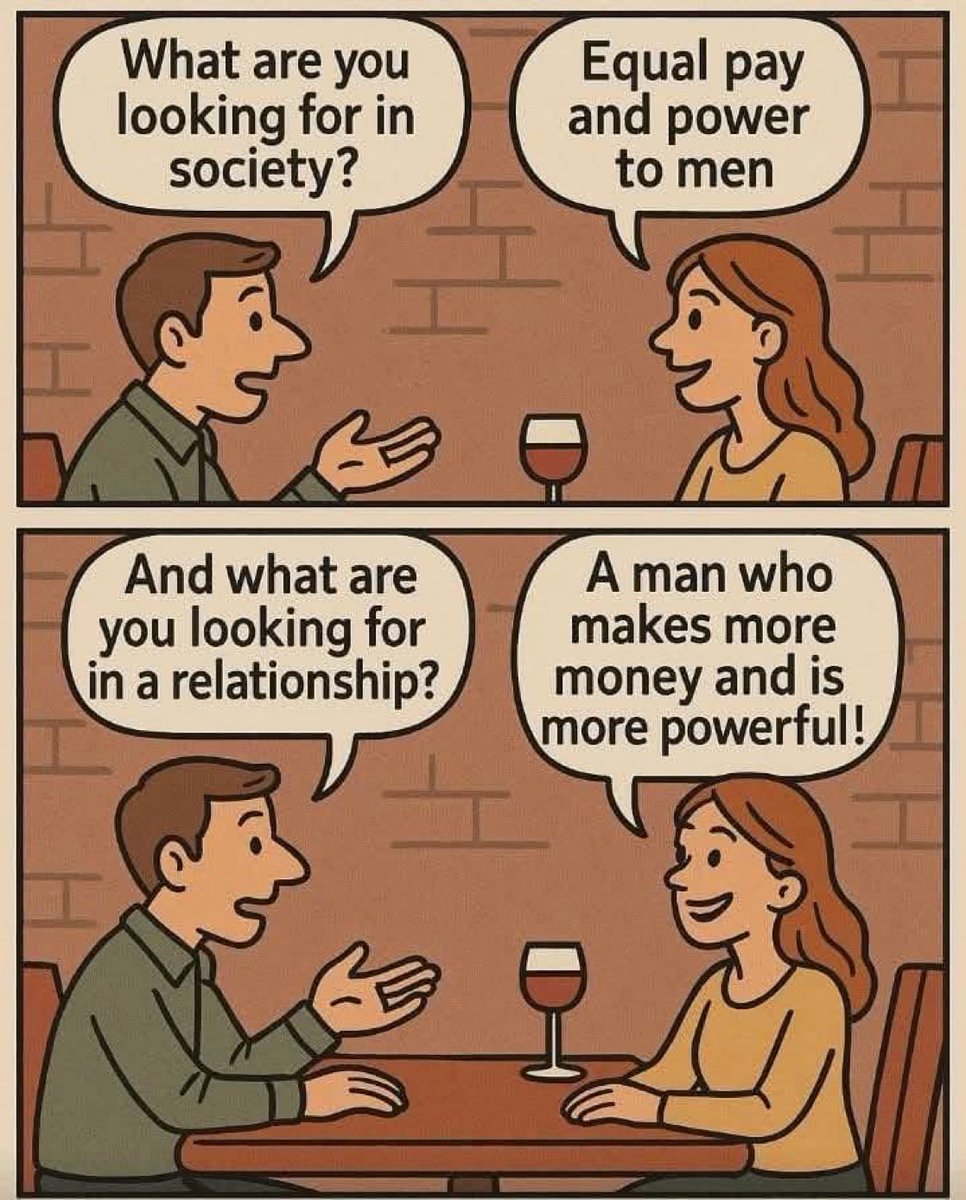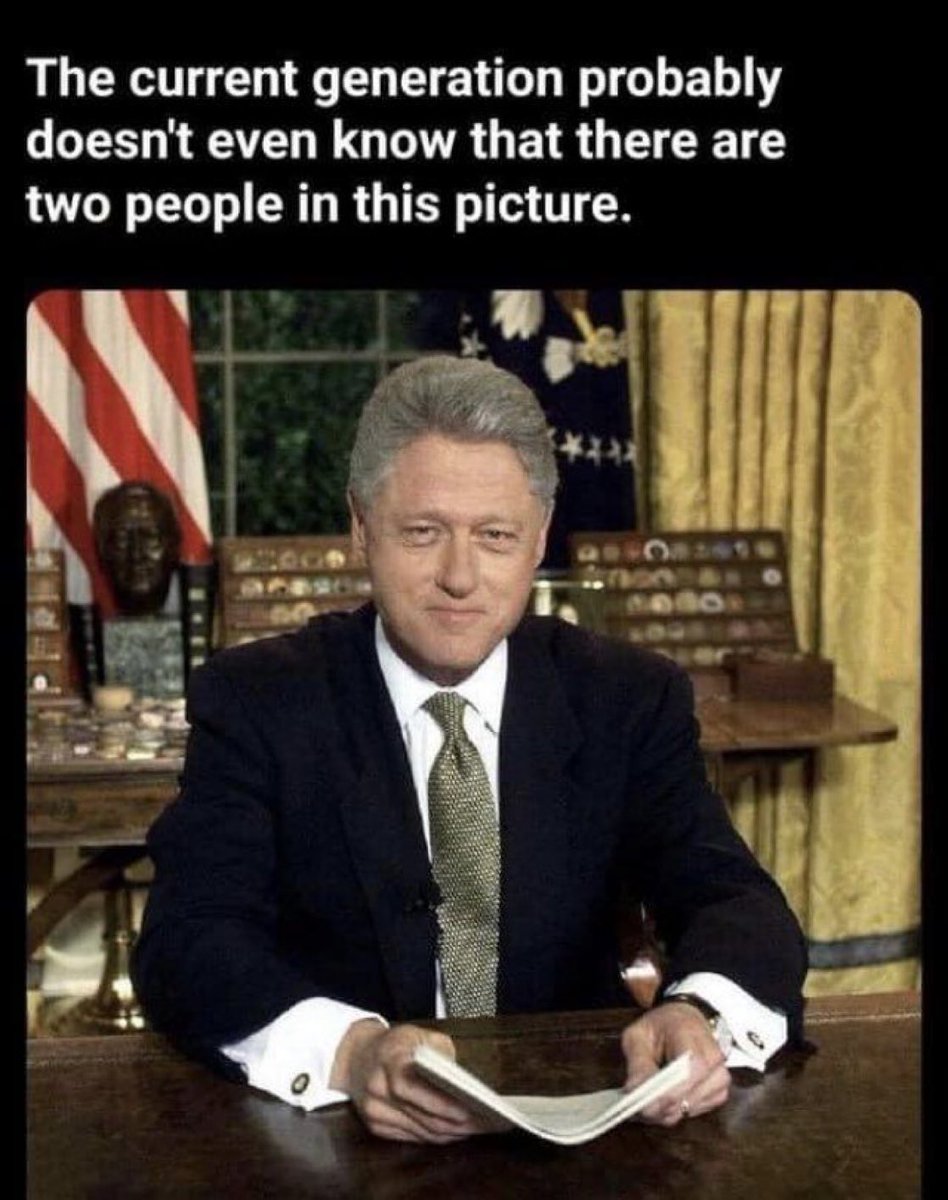US President Woodrow Wilson sold America like a stock to those elite bankers financiers like JP Morgan, Rockefellers, Rothschild, Warburg and Jacob Schiff who ended up creating the #FederalReserve
This single act undermined all the US taxpayers ever since. A thread 🧵
This single act undermined all the US taxpayers ever since. A thread 🧵

Here’s a prev 🧵 on #FederalReserve
https://twitter.com/DeepBlueCrypto/status/1601961223402459136
A thread prior on #FederalReserve
https://twitter.com/DeepBlueCrypto/status/1596955602563268609
#FederalReserve is a one trick pony. It prints US dollars & adjusts interest rates for every problem it sees.
Problem is eventually the currency keeps inflating and the purchasing power goes to zero like most fiats.
Problem is eventually the currency keeps inflating and the purchasing power goes to zero like most fiats.
Shorting is one way Wall Street and big banks accumulated so much wealth. Money makes money by selling something they don’t own. 

Sudan 🇸🇩 — 1000 SDG banknote
This note didn’t exist here 5 years ago when it is worth $142. Today it’s worth less than $2.
Fiat is designed for inflation. #Bitcoin is designed to fight it.
This note didn’t exist here 5 years ago when it is worth $142. Today it’s worth less than $2.
Fiat is designed for inflation. #Bitcoin is designed to fight it.

What a horrible ROI on your debt. If central banking is a business no one would ever invest in it.
If you still think central banking with debt based fiat money is the future I have a bridge to sell you in NY.
Opt out with #Bitcoin
If you still think central banking with debt based fiat money is the future I have a bridge to sell you in NY.
Opt out with #Bitcoin

Personal Debt vs. National Debt
Wall Street gambles everything including debt instruments and they take bets on bets on bets which means their debt instruments are levered to the hilt. If things go south, traders could lose everything.
Wall Street gambles everything including debt instruments and they take bets on bets on bets which means their debt instruments are levered to the hilt. If things go south, traders could lose everything.

This year US has to pay an interest of 4.5% on $32 trillion in debt which is over $1 trillion just on interest expense. Paul Volker didn’t have $32 trillion in debt… it’s gonna get crazy
2023 seems to be kicking off a debt spiral #DebtSpiral especially when Japan, China and everyone else buying US treasuries are reluctant in buying their debt. 4.5% interest on $32 trillion in debt is well over $1 trillion in 2023. Looks like a beginning of the end. 

Stop this charade and realize the fact that the debt limit is there to be increased each & every time 

The #FederalReserve note
Your #government has a monopoly on wars, violence and through the FED it has a monopoly on counterfeit money
Your central bank can print worthless money into existence while robbing you through inflation, it’s policy. If you counterfeit, it’s a crime.
Your #government has a monopoly on wars, violence and through the FED it has a monopoly on counterfeit money
Your central bank can print worthless money into existence while robbing you through inflation, it’s policy. If you counterfeit, it’s a crime.

CENTRAL BANKING IS THE MOST SUCCESSFUL CON ARTISTRY IN HUMAN HISTORY.
Please follow @Breedlove22
Please follow @Breedlove22
https://twitter.com/Breedlove22/status/1622991972544684033
H/T @jameslavish -- Inflation forces you to work more, make less, retire later, and risk all of your savings with investments just to keep up.
Who's the architect of #Inflation you ask...
Your favorite #FederalReserve & worlds central banks
Who's the architect of #Inflation you ask...
Your favorite #FederalReserve & worlds central banks

You let the #FederalReserve run up inflation like crazy printing 80% of all your money supply in a couple of years. Increase wealth disparity, top 1% holding 50% of your wealth and housing prices soaring like never before and you complain about 600k homeless people.
#FederalReserve & central banks are the real culprit for homelessness
#FederalReserve & central banks are the real culprit for homelessness

Rothschild family is one of the most powerful families controlling most central banks in the world.
No wonder USA considers…
Cuba 🇨🇺 as a terrorist state
Iran 🇮🇷 as a terrorist state
North Korea 🇰🇵 as a terrorist state
Syria 🇸🇾 as a terrorist state
Russia 🇷🇺 as a terrorist state
No wonder USA considers…
Cuba 🇨🇺 as a terrorist state
Iran 🇮🇷 as a terrorist state
North Korea 🇰🇵 as a terrorist state
Syria 🇸🇾 as a terrorist state
Russia 🇷🇺 as a terrorist state

Our national debt of $32 trillion and the interest payments to service the debt are turning toxic given the high interest rates and poor GDP growth. 

If rate no rate cuts for 2023… does it mean markets already priced in or does it mean more pain to come 

The Fed has to destroy the wage growth of service workers or they will struggle with the #Inflation battle. More layoffs, more rate hikes 🤷♂️ 

At 1,135 tonnes, 2022 was the second highest year of net central bank gold buying on record since 1950. Since 2010 and for 13 consecutive years, central banks have been net buyers of #Gold… can y’all guess why? 

#FederalReserve and the central banks only make matters worse, after they created the largest wealth gap. 

If you have your #FederalReserve governor watching porn instead of fixing your economy or at least thinking about it, why the f•ck are we even employing them. Those who don’t even have the decency of looking legit aren’t worth being at the FED.
Sack those MFers for Gods sake
Sack those MFers for Gods sake

#FederalReserve and #CentralBanks fund all wars. The people who actually pay their taxes have no say in wars.
#MilitaryIndustrialComplex
#MilitaryIndustrialComplex

Monetary debasement is what causes the fall of empires. It was true then in Roman Empire, it is equally true now in the American empire. 

• • •
Missing some Tweet in this thread? You can try to
force a refresh

































